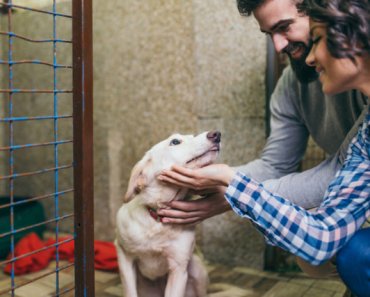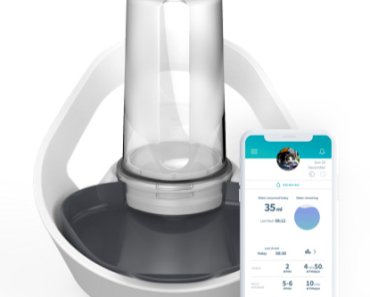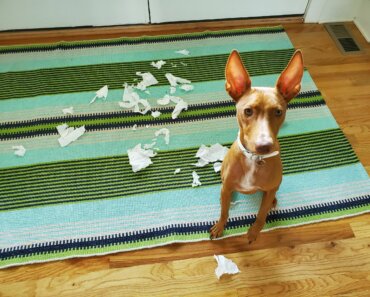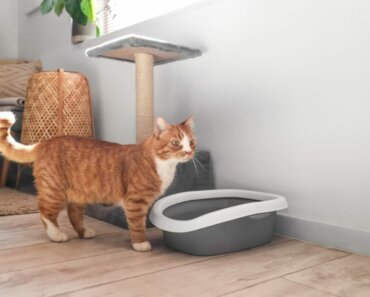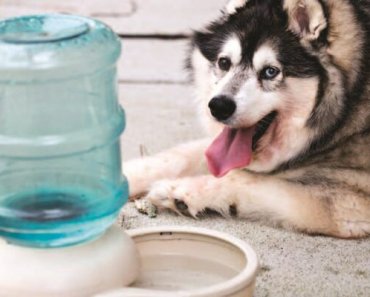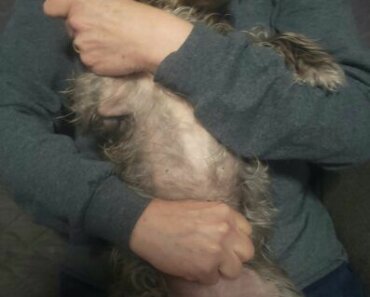Reactivity in dogs is a common issue pet parents face. These pups are over-stimulated by sights, sounds, smells, people, and other dogs, usually because they’re afraid. They lunge, bark, growl, and become so focused on the stressor that they don’t listen and become difficult to control. What’s more, while reactive dogs aren’t necessarily aggressive, they can become aggressive. Training a reactive dog can be tough, but positive reinforcement is an effective, humane tool you can use to help your dog manage their emotions.
Positive Reinforcement Training Techniques for Reactive Dogs
Positive reinforcement involves giving a dog a reward to encourage a specific behavior. You can use treats, toys, and praise to reward your dog when they do things you want them to repeat. For example, when you say Sit and your dog sits, you offer a treat. Over time, your dog learns that certain behaviors and actions result in a reward, so they’ll keep doing them.
Identify Health Issues
Reactive behavior in dogs may be a sign of underlying health issues. In fact, lots of these dogs are in pain. If your dog shows reactive behavior without an apparent trigger, consult a vet to rule out medical causes.
Getting Started with Basic Commands
Teach your dog Watch Me and Look at Me commands so they redirect their attention and make eye contact with you. These are important commands because keeping a reactive dog’s attention will help them stay calm. For example, if your dog looks at you instead of the dog walking on the other side of the street, then they won’t react to the stressor.
Practice in Safe Places
Reactive dogs will feel safe and calm in trigger-free places. For lots of dogs, that means dog parks, popular walking areas, high-traffic trails, and similar places are out. But that doesn’t mean you can’t take your dog anywhere. For example, private dog park rentals like Sniffspot are making it easier than ever for parents of these dogs to let their pups run free, play, and practice training.
Set Up Reactivity Sessions
Desensitizing your dog to triggers can help them get over their reactive behaviors. Start slow and work with people you know and trust. For example, you could meet a friend with a dog at a quiet park. As you approach, encourage your pup to keep their attention on you and reward them with treats.
Consider a Professional Trainer
Training a reactive dog takes a lot of time and patience. As such, you might also want to consider consulting a certified trainer for professional guidance, especially if self-training hasn’t been successful.
Training a reactive dog involves understanding their behavior, using positive reinforcement, and seeking professional help when needed. With patience and consistent training, reactive behavior can be managed and improved.
Animal Wellness is North America’s top natural health and lifestyle magazine for dogs and cats, with a readership of over one million every year. AW features articles by some of the most renowned experts in the pet industry, with topics ranging from diet and health related issues, to articles on training, fitness and emotional well being.


